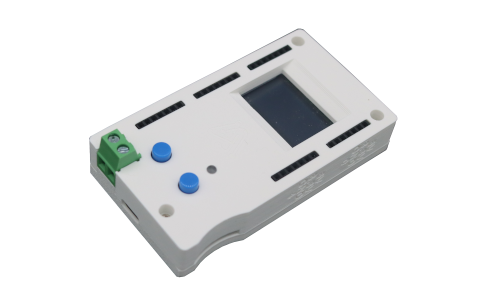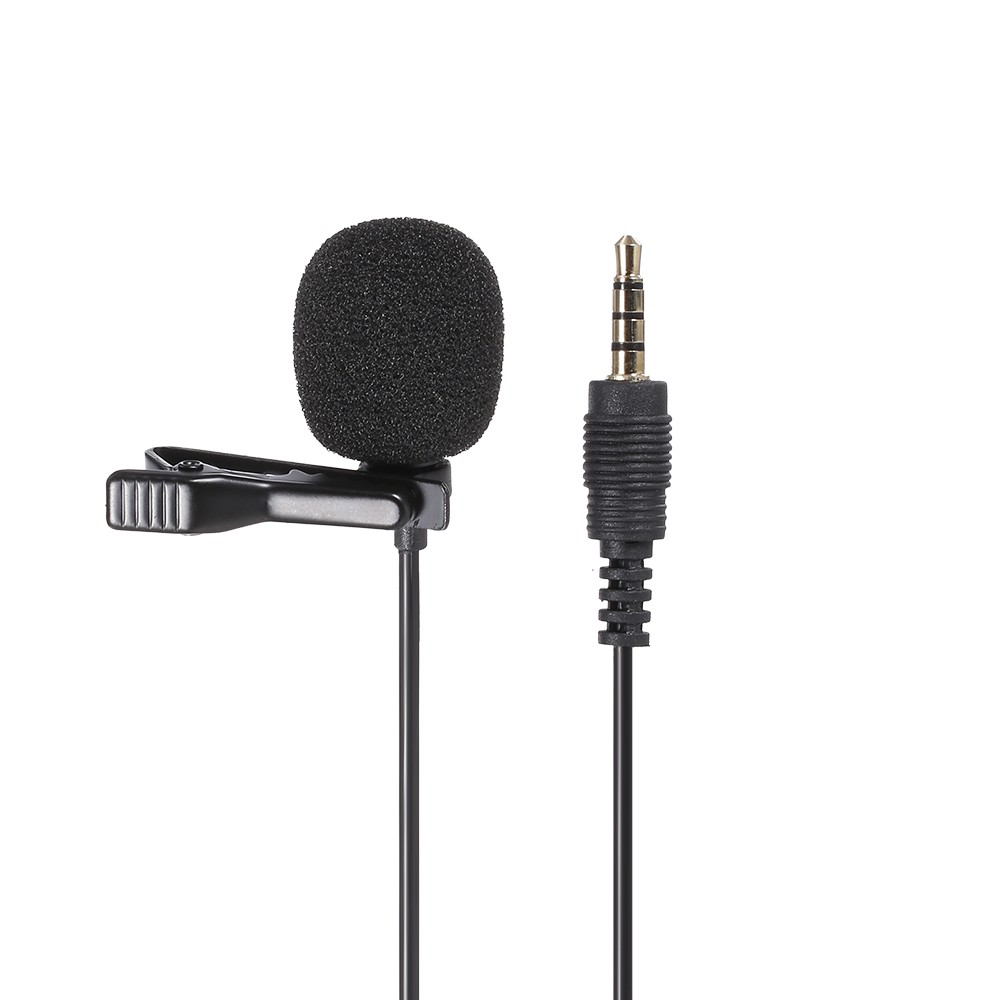Microphone
Updated: 6/28/2025 Words: 0 words Reading time: 0 minutes
Microphones convert sound pressure variations into corresponding current changes. The amplitude of the alternating voltage produced by a microphone is proportional to the intensity of the sound, while the frequency of the alternating voltage corresponds to the frequency of the sound. If harmonics are present in the sound signal, they will also appear in the electrical signal. Microphones are widely used in broadcasting, music production, communication, public speaking, and other fields.
Preparation
| Hardware | Description | Image |
|---|---|---|
| Creative Box Platform |  | |
| Microphone Module | Taobao Link |
Video Explanation
Microphone Module
Connection
Usage
Principles

Types
There are various types of microphones, each suitable for different audio capture and application scenarios. Common microphone types include dynamic microphones, condenser microphones, and electret condenser microphones.
Dynamic Microphone
Dynamic microphones are a common type of microphone, typically used in live music performances and studio recording. They feature a robust construction and high reliability, capable of handling high sound pressure levels.

A dynamic microphone consists of a plastic diaphragm, a voice coil, and a permanent magnet. The diaphragm is attached to one end of the voice coil, while the other end of the voice coil is loosely wrapped around the magnet. When sound applies alternating pressure to the diaphragm, the voice coil makes corresponding alternating movements. As the voice coil accelerates in the magnet's magnetic field, an electric potential is generated between the voice coil's leads. This potential can drive a very small load, or be amplified to drive larger loads.

Dynamic microphones are very robust and can provide a smooth and wide frequency response without requiring an external DC power supply. Dynamic microphones are widely used in live music performances, public address systems, and studio recording.
Condenser Microphone
Condenser microphones are highly sensitive and high-quality microphones, often used in professional audio recording, such as studio music production, broadcasting, and record production. They are generally more fragile and require a power supply.

Condenser microphones consist of a pair of conductive metal plates that are forced closer or farther apart by changes in air pressure created by sound. In essence, these two plates form a sound-sensitive capacitor. When the distance between them changes, the capacitance they produce also changes accordingly. The outer plate, closer to the sound source, is made of a conductive lightweight diaphragm and requires an external voltage source for positive charging. The inner plate is made of rigid metal, fixed in place and grounded.

Condenser microphones provide clear, low-noise sound, suitable for capturing subtle details of sound. They are used for high-quality audio recording, record production, vocal recording, and other audio applications that demand high sound quality and accuracy.
Electret Condenser Microphone
Electret condenser microphones are a variation of condenser microphones.

They do not require an external voltage source to charge the diaphragm, instead using a permanently charged plastic element (electret) placed parallel to a conductive metal backplate. Most electret condenser microphones have a small field-effect transistor (FET) amplifier built into their housing. This amplifier typically requires +1.5 to +10 V to operate.

The advantages of electret condenser microphones include not requiring an external power supply, simple structure, and compact size. Modern designs allow electret condenser microphones to perform comparably to traditional condenser microphones, making them widely used in various applications such as voice recording, communication devices, and camcorders.

Key Parameters
Key parameters of microphones are used to describe their performance and characteristics:
Sensitivity: Microphone sensitivity represents the ratio of voltage to sound input intensity, usually expressed in decibels. Higher sensitivity means the microphone can capture fainter sounds.
Directivity: Describes the microphone's response to sound coming from different directions. Omnidirectional microphones respond equally in all directions, while directional microphones have a good response only in specific directions.
Frequency Response: Describes the microphone's response range to different sound frequencies. For voice applications, the frequency response is typically between 100 and 3000 Hz, while microphones for high-fidelity audio may need to cover a wider range of 20 to 20,000 Hz.
Impedance: Represents the microphone's resistance to AC signal flow. In modern audio systems, connecting a low-impedance microphone to a higher-impedance input device (e.g., a 50-ohm microphone to a 600-ohm mixer) is ideal, but connecting a high-impedance microphone to a low-impedance input is not ideal. In the first case, not much signal loss occurs, while in the second case, significant signal loss may occur. A standard rule of thumb is to allow the load impedance to be 10 times the source impedance.
These specifications provide important information when purchasing and using microphones to ensure that the selected microphone meets the requirements of a specific application.

 Sensor Sparks
Sensor Sparks